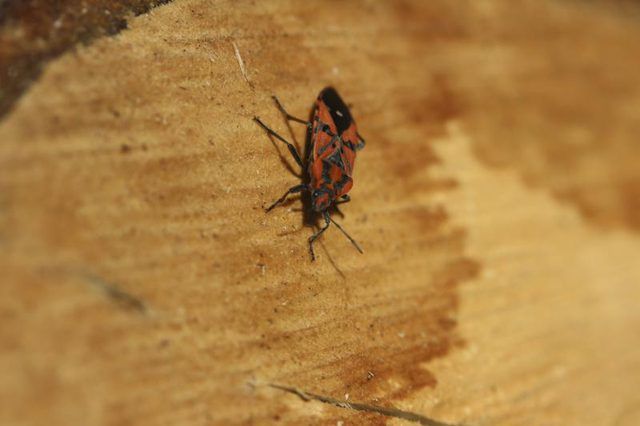Bulbs
Flower Basics
Flower Beds & Specialty Gardens
Flower Garden
Garden Furniture
Garden Gnomes
Garden Seeds
Garden Sheds
Garden Statues
Garden Tools & Supplies
Gardening Basics
Green & Organic
Groundcovers & Vines
Growing Annuals
Growing Basil
Growing Beans
Growing Berries
Growing Blueberries
Growing Cactus
Growing Corn
Growing Cotton
Growing Edibles
Growing Flowers
Growing Garlic
Growing Grapes
Growing Grass
Growing Herbs
Growing Jasmine
Growing Mint
Growing Mushrooms
Orchids
Growing Peanuts
Growing Perennials
Growing Plants
Growing Rosemary
Growing Roses
Growing Strawberries
Growing Sunflowers
Growing Thyme
Growing Tomatoes
Growing Tulips
Growing Vegetables
Herb Basics
Herb Garden
Indoor Growing
Landscaping Basics
Landscaping Patios
Landscaping Plants
Landscaping Shrubs
Landscaping Trees
Landscaping Walks & Pathways
Lawn Basics
Lawn Maintenance
Lawn Mowers
Lawn Ornaments
Lawn Planting
Lawn Tools
Outdoor Growing
Overall Landscape Planning
Pests, Weeds & Problems
Plant Basics
Rock Garden
Rose Garden
Shrubs
Soil
Specialty Gardens
Trees
Vegetable Garden
Yard Maintenance
How to Kill Boxwood Bugs
How to Kill Boxwood Bugs. Its propensity for slow growth, its density and its small, shiny, evergreen leaves, make boxwood (Buxus spp.) a classic choice for both simple hedging and elaborate topiaries. Depending on the cultivar, and there are more than 365, boxwood is hardy in U.S. Department of Agriculture plant hardiness zones 4 through 9. A...
Its propensity for slow growth, its density and its small, shiny, evergreen leaves, make boxwood (Buxus spp.) a classic choice for both simple hedging and elaborate topiaries. Depending on the cultivar, and there are more than 365, boxwood is hardy in U.S. Department of Agriculture plant hardiness zones 4 through 9. A few pests are common on boxwood and their effects vary from minor aesthetic damage to complete leaf loss.
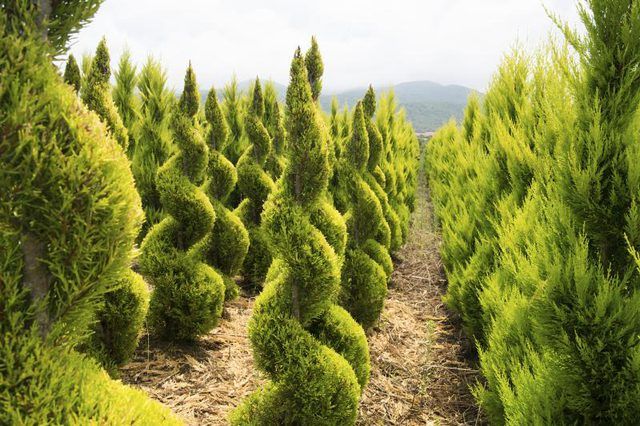
More closely related to spiders than insects, boxwood mites (Eurytetranychus buxi) are tiny, greenish-brown, eight-legged creatures that feed on boxwood sap. They pierce the leaves, causing yellow spotted damage, known as stippling. Natural predators, such as ladybugs and predatory mites help keep boxwood mite populations in check. In large numbers, the pests can cause a boxwood plant to lose all its leaves. Inspect the leaves for damage in spring and early summer. Wash mites off with a forceful spray of water from the garden hose. For persistent problems, spray the plant with ready-to-use insecticidal soap, paying particular attention to the upper and lower surface of the leaves. Shake the bottle well and spray until the solution runs off the leaves. Repeat the application every five to seven days, as needed. Wear goggles, long pants and a long-sleeved shirt when using insecticidal soap and wash your hands thoroughly after using it.
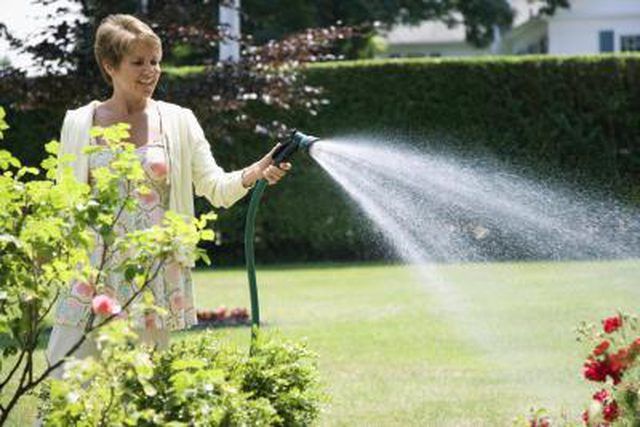
A small, orange fly that looks like a mosquito and is approximately 1/8 inch long lays her eggs in the leaf tissue of boxwood plants. Those eggs hatch into yellow-green larvae that feed between the upper and lower leaf surfaces, causing oval-shaped, yellow swelling. The boxwood leafminer (Monarthropalpus flavus) can completely strip a boxwood plant of its leaves. Adults emerge from the undersides of damaged leaves in late April or early May. Only use insecticides when damage to the boxwood is severe. Apply a contact insecticide, such as malathion, when the adults emerge but before they can lay eggs. Mix 1 tablespoon of malathion concentrate into 1 gallon of water in a garden sprayer. Spray the boxwood thoroughly, covering all plant surfaces. Keep people and pets out of the area until the spray has dried. Wear protective clothing and eyewear and wash your hands thoroughly with soapy water after using the product.
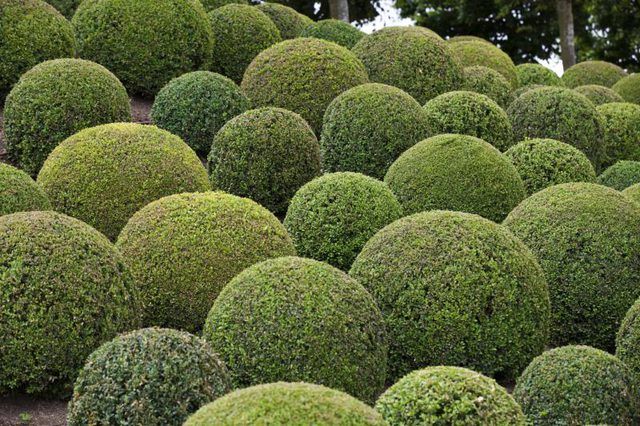
Psyllids are about 1/8 inch long, green, clear-winged insects closely related to aphids but resembling tiny cicadas. The boxwood psyllid (Psylla buxi) feeds by piercing boxwood leaves and sucking out the sap. The feeding causes the leaves to curl into cup shapes and may slow twig growth. A boxwood easily recovers from aesthetic psyllid damage and rarely requires treatment. For heavily infested plants, use insecticidal soap in late spring, when immature nymphs are abundant.
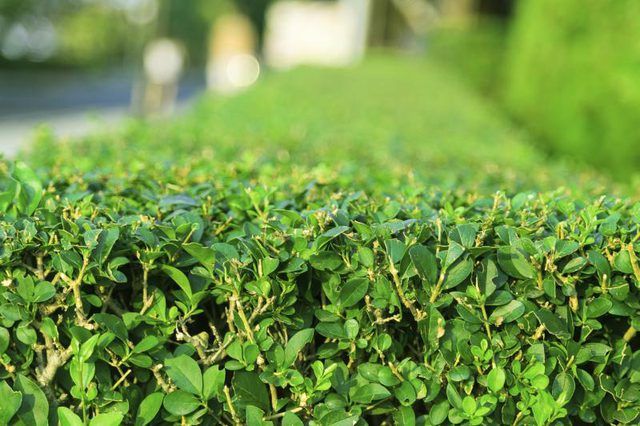
Boxelder bugs, perhaps because of their name, are often mistaken for pests of boxwood but they are not. Boxelder bugs (Boisea rubrolineata) are about 1/2 inch long, black and red, with three red lines on the area behind their head. They hold their wings flat over their oval-shaped bodies. They feed on boxelder trees (Acer negundo), which grow in USDA zones 2 through 10 and some fruit trees, but not on boxwood. Boxelder bugs donít cause enough damage to need treatment but can become pests indoors in fall.
